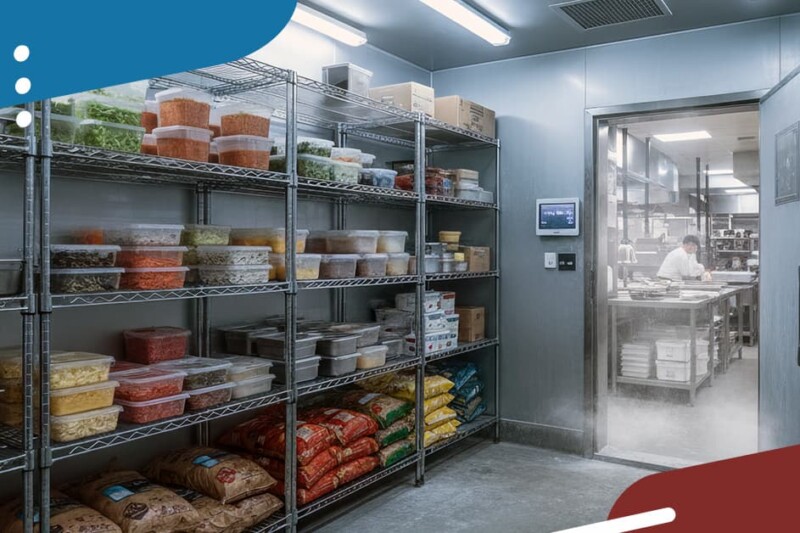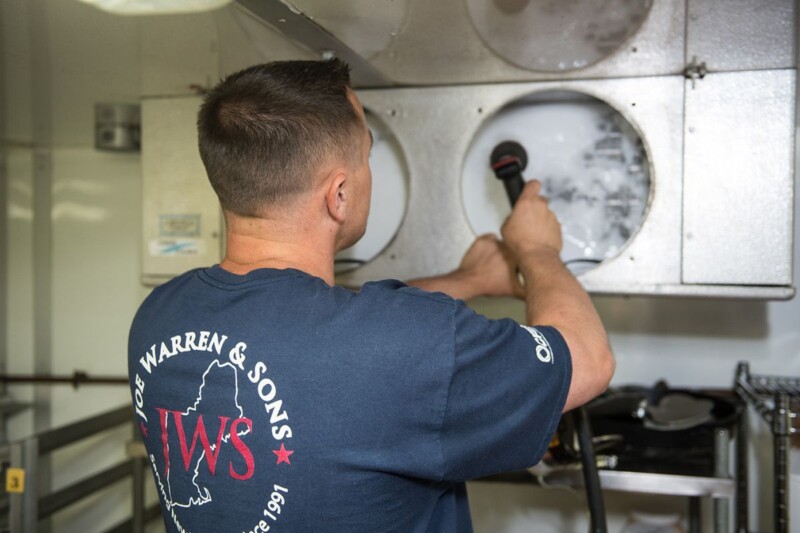Chopper Care And Feeding
All hail the manual produce chopper. These countertop units not only boost your food prep team’s efficiency and speed, they also add consistency to food prep tasks. Keeping these handy tools in good working order, as with anything, requires attention to details.
For purposes of this article, let’s define “choppers” as non-electric countertop devices designed to slice, dice, chop or wedge a variety of fruits and vegetables using specialized blade-sets (or cartridges) with corresponding pusher blocks.
We also are assuming that our smart readers will only use the chopper/slicer/dicer for its intended purpose, and would never, under any circumstance, try to cut up, say, a potato in a unit designed for tomatoes.
We spoke to leading chopper manufacturers for pro tips on keeping choppers’ blades, bumpers, frame, feet and other parts in fighting form.
Cleaning
Blades: A chopping unit’s razor-sharp stainless blades can be scalloped or straight, and are set into a frame. Some manufacturers offer a refurbishing program for used blade-sets, but most do not.
The number one advice from all the manufacturers we spoke to is this: clean the blades as soon as you’re finished using them. Juice from acidic produce such as tomatoes can and will eat away at blade edges unless it’s washed off right away.
Pusher Head: The push-block (a.k.a. pusher head) poses a cleaning challenge due to the deep crevices between each pusher “finger.” Some operators run a butter knife through the grooves to clean out food debris.
Never try to clean out food debris by banging the pusher head on the table—this can potentially shift the precise alignment between the block and the knife-set, and sideline your chopper.
Chassis: Some chopper frames are dishmachine safe, and some are not. Read your manual. That said, be aware that warewashing chemicals and high heat can darken and pit cast-aluminum frames—but they are still functional despite the altered appearance. Stainless frames run through dishmachines without any problems.
Assembly (And Re-Assembly)
Many models (but not all), use bumpers to stop the knife-set from touching the pusher block. These choppers will still work even without a bumper, which makes it all too common for employees to leave the part off after deep cleaning. When bumpers go missing, blades will begin to chip away at the pusher block material, leading to the unpleasant discovery of plastic fragments in your chopped produce.
Feet, Nuts and Bolts: Each of your chopper’s feet should be clad in rubber foot covers or end in suction cups. If any rubber covers are missing, the unit will be wobbly, unstable and less effective. Pay attention to the condition of the feet during periodic checkups. When the rubber begins to crack or dry out, it’s time for replacements.
As part of regular chopper upkeep, check all nuts and bolts to make sure they are tight—and actually present. It’s not uncommon for small parts to go AWOL after re-assembly. At least one manufacturer makes a chopper with “captured” screws and bolts—i.e., they will loosen just enough to release a component for cleaning.
At the start of each chopping session, do a dry run with no product in the hopper. Move the handle slowly up and down a few times to make sure the blades are clearing the pusher fingers. If there is contact between blades and pusher-block, you run a big risk of the breaking the blades or (just as bad) adding plastic shavings to your produce.
When disassembling your chopper for a thorough cleaning, corral all the small parts—thumbscrews, bumpers, rubber feet—in a tub or pan to make sure all items will be put back during re-assembly.
Lubrication: If you are using a chopper model that includes guide rods, they will need periodic greasing. Food-grade lubricant is the only lubricant you should be using on your unit. True, cooking oil may seem to work in the short run. But when the cooking oil dries, it becomes a sticky, gluey mess that, in worst-case scenarios, can freeze up the chopper’s moving parts. Check your manual for recommended lubricant brands.
Chopping Technique
While choppers may vary in design, they all have one thing in common: the motion needed to make the cut. “Train your staff to use a firm, decisive downward motion so they cut through the produce in one move,” advises one supplier. “A slow push or a series of pushes will result in sloppy cuts and product loss. You also risk damaging the blades.”
Some chopper designs require two hands on the handle, while others can be operated with a single hand. For best ergonomics and ease of use, refer to the owner’s manual.
Chopper Lifecycle
A frame will last just about forever as long as it’s not dropped, dinged or dented. Once it has been cracked or bent, you have compromised its safety and may well need to replace it.
Knife-set lifespans vary according to volume of use, types of produce being chopped, and how well the unit is maintained. When knife blades start to make sloppy cuts, or when you can see dinged or even a missing blade within the set, that should be the signal to install a replacement knife-set.
TIP: Always keep a backup knife-set and its corresponding pusher block on hand, one for each type of chopping task.
TIP: Spritz blades with water between tasks to dilute acidic juices and prolong the life of your stainless blade set.
RELATED CONTENT
- Advertisement -
- Advertisement -
- Advertisement -
TRENDING NOW
- Advertisement -
- Advertisement -
- Advertisement -


